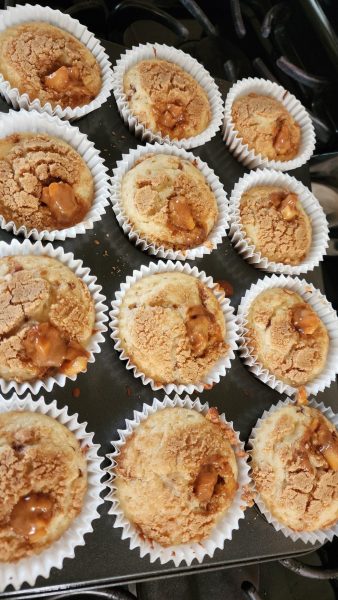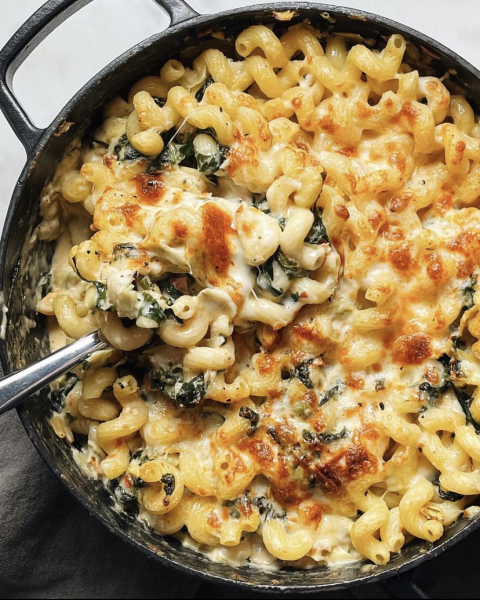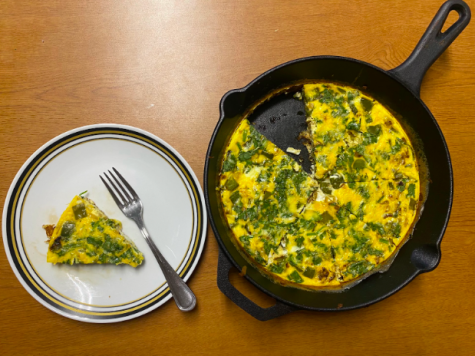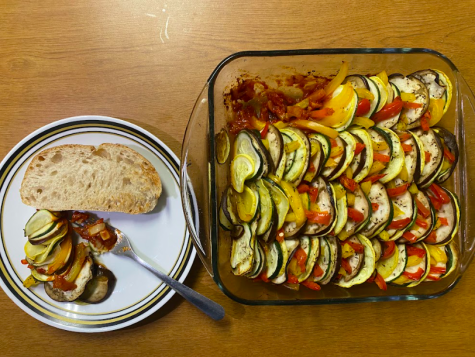Restocking Your Pantry Post-Break
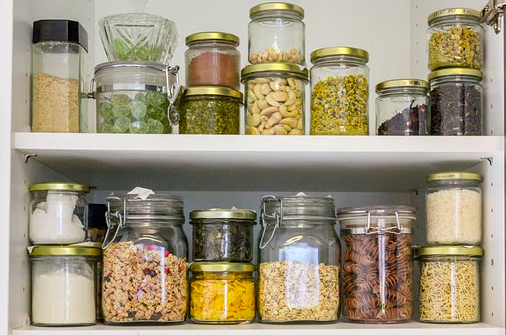
Restocking pantries is an important part of recalibrating after break in order to make our lives a little easier. (Courtesy of Instagram)
As I said at the beginning of this column, feeding yourself is hard. However, buying food for yourself is harder. Some people make meal plans, writing out all of their meals at the beginning of the week and buying the ingredients needed to make them. Others meal prep, making the food that they’re going to eat throughout the week and storing it in their refrigerator. I applaud both of those types of people, who have the thoroughness and knowledge to intuit what they might want to eat over the course of the next five to seven days. Unfortunately, I am in the third category of people: the clueless.
When I was growing up, I was fortunate enough to have my mother make the vast majority of my meals and do most of the grocery shopping. As I have grown more and more independent, the demands of that labor have become far more apparent. While my mother might be able to plan meals for the next few nights, I find it hard to think past the next few hours. My mom’s knowledge was not innate but learned over time. By trial and error over months, years, even decades.
Hopefully, this article will save you at least a few of those decades if not more.
Let’s begin with two words: pantry staples. The pantry houses all of the dry ingredients that one might have in their kitchen, and while it traditionally refers to a small room or closet, a cabinet can serve perfectly well as a pantry. With pantry staples, the intention is to maintain a constant stock of basic food items that can be utilized in a variety of ways to create a diverse range of dishes. My favorites are oatmeal (which I always have stocked), pasta and canned tomato sauce. These are foods that take a long, long time to go bad, which is why they make such reliable and cost-effective purchases. Every working kitchen should have at least a few of these staples, to provide an easy meal for the days when even the thought of planning a meal is unbearable.
For the purposes of this article, let us define the different categories of pantry staples. The first is carbs, which contain lots of energy and often serve as a hearty base to a dish. Some popular carbs include rice, pasta, tortillas, bread and flour. Flour is important to have on hand, as with it one can make a variety of baked goods, such as pancakes, bread and cookies. The second category is protein, which provides the necessary chemicals for muscle growth and repair. The most popular proteins are meat, but as meat spoils quickly it is best kept in the freezer. Of course, there are plenty of varieties of canned meat and fish that one could incorporate into a variety of other dishes. However, beans and lentils provide high levels of protein, and when added can up the nutritional and caloric value of a meal. The third category is canned vegetables, excluding beans due to their previous assignment to the protein category. Tomatoes, corn and various other vegetables come in cans. Many of these can be incorporated into soups and other dishes, adding more flavor and nutritional value. The fourth and final category is flavoring. What’s food without flavor? What’s life? Keeping olive oil, garlic and a few essential spices near at hand will significantly improve the flavor palette of your meals. My necessities include olive oil, minced garlic, oregano and cinnamon. I have a few more sauces and spice mixtures, but those are the absolute staples I cannot go without.
Pantry essentials are not only there to provide bland, boring food when you need a quick meal, but to create a cheap base from which you can further experiment. There are plenty of recipes online that describe ways in which pantry staples can be transformed. The Spruce Eats lists tons of different recipes, which include vegetarian chili, fried rice, pasta bean casserole and even chicken vindaloo curry. My personal favorites include making red sauce for pasta from canned tomato sauce, minced garlic and oregano; breakfast tacos from eggs, tortillas, cheese and black beans; and oatmeal, topped with cinnamon, raisins and brown sugar.
With a well-stocked pantry, coming up with meals becomes a whole lot easier. Rather than trying to brainstorm individual meals to last throughout the week, one can focus instead on the best ways to pair items that are conveniently already in their pantries. Not only will it save you stress, it’ll also save you money and likely reduce your carbon footprint as you waste less food. Now, finally, even though this is not exactly a recipe, but only applies to those interested in stocking their kitchen, I would rate the contents of this article…
Difficulty: Walsh Hall

Kari White is a senior from the blink-and-you’ll-miss-it state of Delaware. She is majoring in English with a concentration in creative writing, as well...



































































































































































































